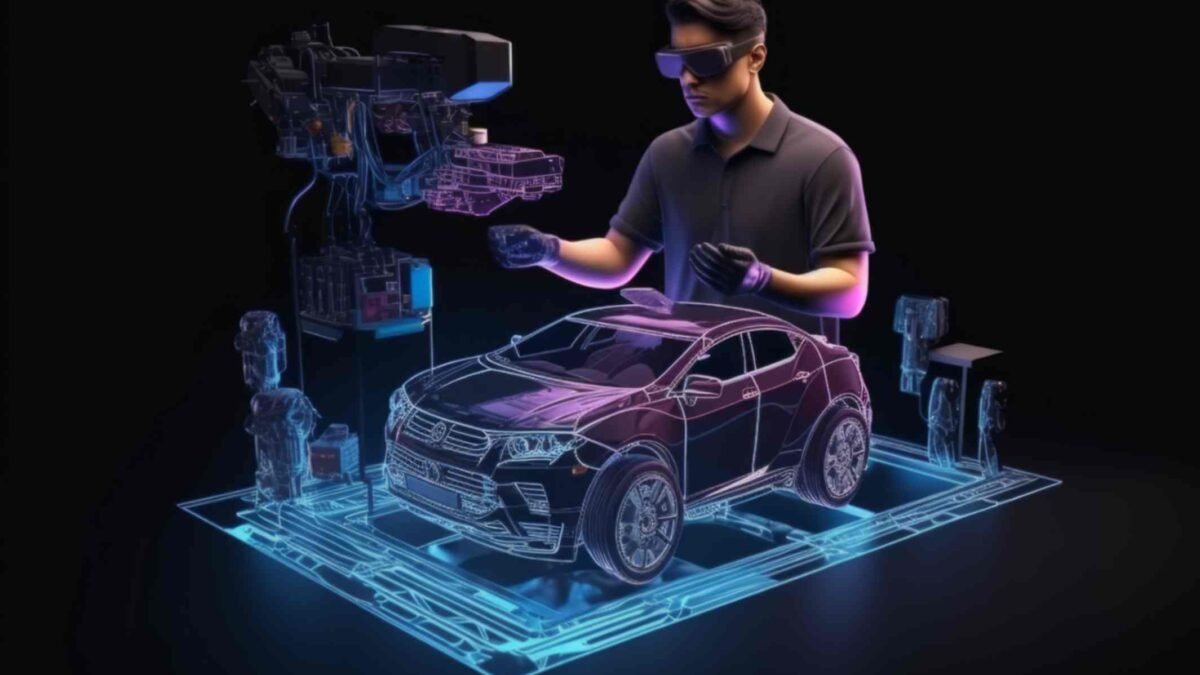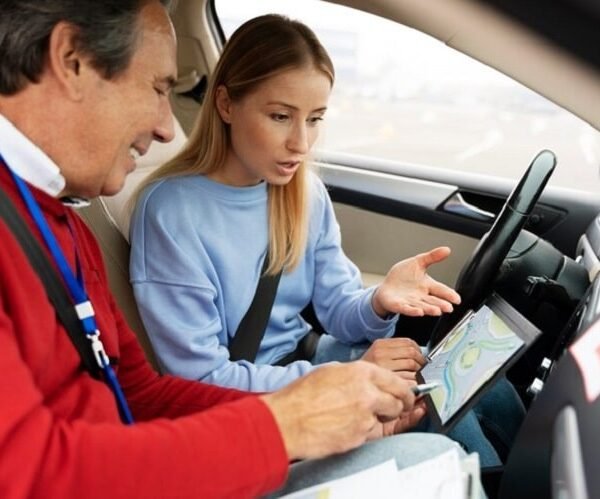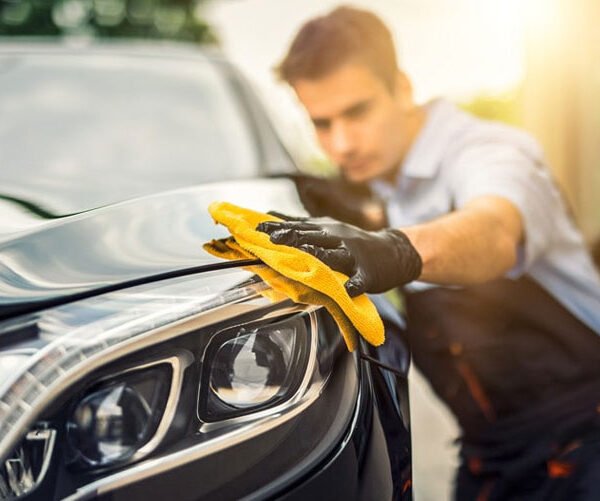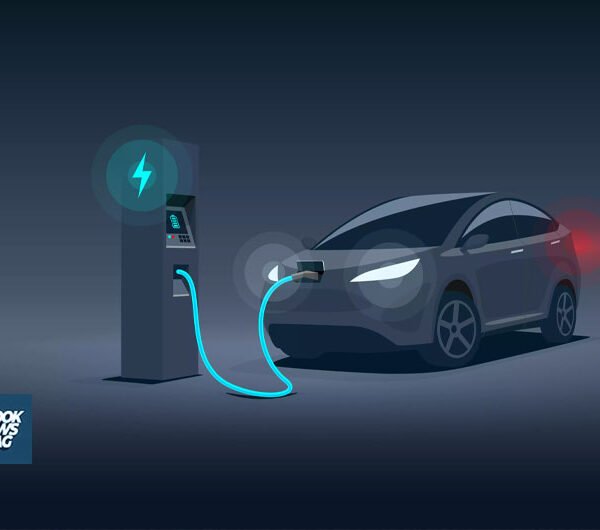How to Improve Your Car’s Safety Features
Key Takeaways
- Understand the latest car safety features and their importance
- Evaluate your current vehicle’s safety ratings and features
- Learn about aftermarket safety upgrades and considerations
- Discover tips for maintaining and optimizing safety features
- Stay informed about emerging trends in automotive safety
Understanding Car Safety Features
Common Safety Features
Over the years, car manufacturers have made significant strides in developing safety features to protect drivers and passengers. Let’s take a look at some of the most common car safety features you’ll find in vehicles today:
- Airbags: These inflatable cushions deploy during a collision to protect occupants from impact injuries.
- Seatbelts: The most basic yet essential safety feature, seatbelts keep passengers securely in place during accidents.
- Antilock Brakes (ABS): This brake system prevents wheels from locking up during sudden stops, maintaining steering control.
- Electronic Stability Control (ESC): ESC helps prevent skidding and loss of control in slippery conditions or sharp turns.
- Traction Control System (TCS): TCS limits wheel spin during acceleration to maintain grip on the road.
- Backup Camera: Rear-view cameras provide visibility when reversing, helping avoid collisions with objects or pedestrians.
- Blind Spot Monitoring: This system uses sensors to detect vehicles in your blind-spot and alerts you when it’s unsafe to change lanes.
- Lane Departure Warning: This feature alerts you if your vehicle begins to drift out of its lane unintentionally.
- Forward Collision Warning: This system warns you of an impending collision, giving you time to react and apply the brakes.
Advanced Safety Features
In addition to the common safety features, many new cars now come equipped with cutting-edge advanced safety features. These include:
| Feature | Description |
|---|---|
| Automatic Emergency Braking (AEB) | AEB systems use sensors to detect imminent collisions and automatically apply the brakes to avoid or mitigate impact. |
| Adaptive Cruise Control | This system maintains a set distance from the vehicle ahead, automatically adjusting speed. |
| Lane Keeping Assist | This feature gently steers the vehicle back into its lane if it begins to drift. |
| Pedestrian Detection | Advanced systems can detect pedestrians and alert the driver or automatically brake. |
| Night Vision | Infrared cameras enhance visibility in low-light conditions, helping spot potential hazards. |
| Traffic Sign Recognition | Cameras read and display speed limits and other important traffic signs on the dashboard. |
Evaluating Your Car’s Safety Features
Checking Your Car’s Safety Ratings
Before making any upgrades, it’s essential to understand how your current vehicle performs in terms of safety. Two reputable organizations provide safety ratings for vehicles:
- NHTSA (National Highway Traffic Safety Administration): NHTSA conducts crash tests and rates vehicles on a scale of 1 to 5 stars, with 5 being the highest.
- IIHS (Insurance Institute for Highway Safety): IIHS evaluates vehicles based on crashworthiness and crash avoidance capabilities, awarding “Good,” “Acceptable,” “Marginal,” or “Poor” ratings.
When shopping for a new car or evaluating your current one, these ratings offer valuable insights into its safety standards.
Identifying Safety Features in Your Current Vehicle
To determine which safety features your car already has, start by:
- Reviewing your car’s owner’s manual, which should list all the safety systems installed.
- Checking the vehicle’s safety features list, often found on the manufacturer’s website.
- Consulting online resources, forums, or car repair services specific to your make and model.
Once you have a clear understanding of your car’s existing safety features, you can make informed decisions about potential upgrades.
Upgrading Your Car’s Safety Features
Aftermarket Safety Upgrades
If your vehicle lacks certain safety features, you can often install aftermarket solutions. Some popular upgrades include:
- Blind spot monitoring systems: These kits use sensors to detect vehicles in your blind-spot and provide visual or audible alerts.
- Lane departure warning systems: Aftermarket kits use cameras to monitor lane markers and alert you if you drift out of your lane.
- Forward collision warning systems: These systems use radar or cameras to detect impending collisions and warn the driver.
- Backup cameras: Installing an aftermarket rear-view camera can greatly improve visibility when reversing.
- Tire pressure monitoring systems: These kits continuously monitor your tire pressure and alert you when it falls below a safe level.
Considerations for Upgrading Safety Features
Before investing in aftermarket safety upgrades, consider the following:
- Compatibility: Ensure the system is compatible with your specific vehicle make and model.
- Installation complexity and costs: Some upgrades may require professional installation, adding to the overall cost.
- Potential impact on insurance premiums: Installing certain safety features may qualify you for discounts on your car insurance.
Maintaining and Optimizing Safety Features
Proper Maintenance and Calibration
To ensure your car’s safety systems work effectively, regular maintenance is crucial. This includes:
- Ensuring sensors and cameras are properly aligned and free from dirt or debris.
- Checking for software updates and recalls related to your vehicle’s safety features.
- Replacing worn or damaged components, such as brake pads or tires, which can affect the performance of safety systems.
Effective Use of Safety Features
Even with the most advanced safety features, it’s essential to understand their limitations and use them correctly. Here are some tips:
- Familiarize yourself with the capabilities and limitations of each safety feature in your vehicle.
- Develop good driving habits, such as maintaining a safe following distance and avoiding distractions, to complement your car’s safety systems.
- Educate yourself and your passengers on the proper use of safety features, such as wearing seatbelts correctly and understanding how airbags deploy.
Emerging Trends in Automotive Safety
Autonomous Driving and Advanced Driver Assistance Systems (ADAS)
As technology advances, we can expect to see even more sophisticated safety features in cars today. Autonomous driving and ADAS are at the forefront of these safety developments. Some examples include:
- Adaptive cruise control: This system uses radar to maintain a set distance from the vehicle ahead, automatically adjusting speed as needed.
- Lane centering: This feature uses cameras to detect lane markers and gently steer the vehicle to keep it centered in the lane.
- Automatic emergency braking: AEB systems use sensors to detect imminent collisions and automatically apply the brakes to avoid or mitigate impact.
- Pedestrian detection: Advanced systems can detect pedestrians and alert the driver or automatically brake to avoid a collision.
Connected Vehicle Technology
Another exciting area of automotive safety is connected vehicle technology, which allows vehicles to communicate with each other and infrastructure. This includes:
- Vehicle-to-vehicle (V2V) communication: V2V enables vehicles to share information about their speed, position, and direction, helping prevent collisions.
- Vehicle-to-infrastructure (V2I) communication: V2I allows vehicles to receive information from traffic signals, road signs, and other infrastructure, improving safety and efficiency.
These technologies have the potential to greatly enhance situational awareness and collision avoidance capabilities.
Future Safety Innovations
Looking ahead, we can anticipate even more groundbreaking safety innovations, such as:
- Predictive safety systems: These systems will use AI and machine learning to anticipate potential hazards and take proactive measures to avoid accidents.
- Augmented reality heads-up displays: AR displays will provide drivers with real-time safety information, navigation, and warnings projected directly onto the windshield.
- Biometric driver monitoring: Advanced sensors will monitor driver alertness, health, and behavior, alerting them when it’s unsafe to drive or even taking control of the vehicle in emergency situations.
Conclusion
Car safety features have come a long way, and there are now more options than ever to enhance your vehicle’s safety. By understanding the latest technologies, evaluating your car’s current safety ratings, and considering aftermarket upgrades, you can take proactive steps to protect yourself and your passengers on the road.
Remember to prioritize safety when purchasing a new car or upgrading your current vehicle. Stay informed about the latest safety developments and emerging trends in the automotive industry, and always practice safe driving habits to complement your car’s safety systems.
If you have any questions or need assistance with improving your car’s safety features, consult with a trusted mechanic or automotive professional. Together, we can work towards making our roads safer for everyone.











